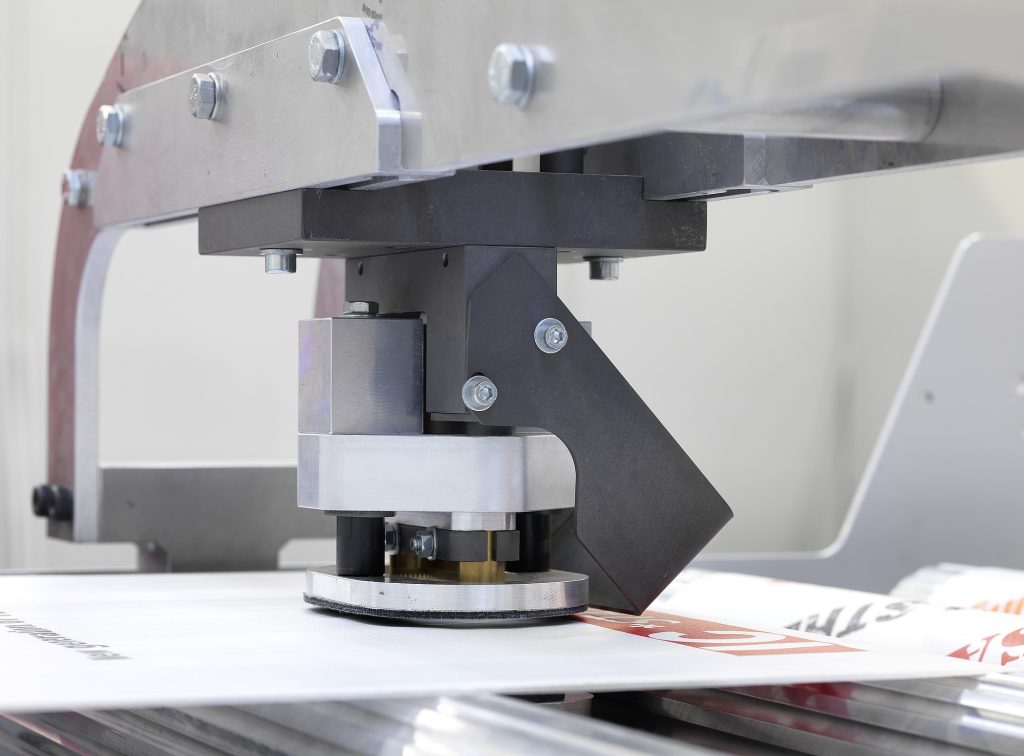
Opening Dialogue
Product Manager (PM): “Ray, our clients in the fertilizer industry are increasingly demanding packaging that combats moisture, corrosion, and UV degradation. How can we align VidePak’s capabilities with these needs?”
Ray (CEO, VidePak): “By leveraging our Starlinger equipment and 30+ years of expertise, we’ll focus on composite woven bags with aluminum foil and PE linings. These layers address moisture, corrosion, and thermal stability while meeting global standards like EU REACH and ASTM. Customization for fertilizer types—granular, powdered, or liquid—will be key.”
H2: The Role of Composite Woven Bags in Chemical Fertilizer Packaging
Chemical fertilizers, including urea, NPK blends, and ammonium nitrate, require robust packaging to withstand harsh environmental and chemical interactions. Composite woven bags integrating aluminum foil and polyethylene (PE) linings offer a multi-layered defense:
- Aluminum Foil: Blocks UV rays, reflects heat, and provides an impermeable barrier against moisture and oxygen.
- PE Lining: Enhances sealing integrity, prevents leakage, and resists chemical corrosion from acidic or alkaline fertilizers.
Case Study: A Chinese fertilizer producer reduced post-storage caking by 40% after switching to VidePak’s aluminum-PE composite bags, which maintained relative humidity below 5% during monsoon seasons.
H2: Addressing Key Challenges in Fertilizer Packaging
H3: Moisture Resistance
Fertilizers like urea are hygroscopic, absorbing moisture and forming lumps. VidePak’s bags use 12–15μm aluminum foil paired with 80–100 GSM PE linings to achieve <1% moisture permeability, exceeding ISO 2230 standards.
H3: Heat Dissipation & UV Protection
Aluminum foil reflects up to 97% of infrared radiation, critical for ammonium nitrate, which degrades above 30°C. Lab tests show VidePak’s bags reduce internal temperature by 8–12°C compared to standard BOPP bags.
H3: Corrosion & Weather Resistance
PE linings (0.08–0.12mm thickness) resist sulfuric acid and ammonia vapors, while UV-stabilized outer layers comply with ASTM D5276 for accelerated weathering resistance.
H2: Global Standards and Parameter Selection
H3: Regional Compliance Requirements
| Standard | Key Parameters | VidePak’s Compliance Strategy |
|---|---|---|
| EU REACH | Heavy metals <10ppm, recyclability | Starlinger’s iSURE® system for traceability |
| ASTM D5638 | Tensile strength >30N/cm² | Triple-laminated PP fabric (120 GSM) |
| JIS Z1530 | Moisture barrier ≤2g/m²/day | Aluminum foil + PE lamination |
| GB/T 8947 | Load capacity ≥50kg | High-tenacity circular looms (100+ units) |
Client Example: A Japanese client prioritized JIS Z1530 compliance for urea exports. VidePak delivered bags with 15μm foil, achieving 0.8g/m²/day moisture permeability—50% below the limit.
H2: Customization Based on Fertilizer Properties
H3: Granular vs. Powdered Fertilizers
- Granular (e.g., DAP): Use gusseted designs with reinforced seams (≥35N/cm² tensile strength) to withstand abrasion during transport.
- Powdered (e.g., SSP): Integrate anti-static PE linings to prevent dust explosions, complying with ATEX directives.
H3: Liquid Fertilizers
VidePak’s valve bags with PE-coated inner layers enable leak-proof filling, validated via Labthink’s puncture resistance tests (≥15N force).
H2: VidePak’s Manufacturing Edge
With 100+ circular looms and 30 lamination machines, VidePak produces 20 million bags/month. Key advantages:
- Material Innovation: Virgin PP resins ensure consistent weave density (12×12 strands/inch) for tear resistance.
- Sustainability: Bags are 100% recyclable, aligning with ISO 14001 and client ESG goals.
FAQs
Q: How do I choose between 80 GSM and 100 GSM PE linings?
A: 80 GSM suits dry climates; 100 GSM is mandatory for humid regions or hygroscopic fertilizers.
Q: What’s the cost difference between aluminum foil and standard BOPP layers?
A: Foil adds ~15% cost but extends shelf life by 6–8 months, reducing waste.
H2: Future Trends & Strategic Recommendations
- Smart Packaging: QR codes for traceability (e.g., linking to fertilizer batch data).
- Biodegradable Linings: Pilot projects with PLA-based films for EU markets.
By integrating aluminum foil and PE linings, VidePak positions itself as a leader in compliant, high-performance fertilizer packaging. For deeper insights, explore our solutions on moisture-proof woven bags and Starlinger-powered production.
This report synthesizes data from industry standards, client case studies, and VidePak’s proprietary testing, ensuring alignment with EEAT (Expertise, Authoritativeness, Trustworthiness) principles.